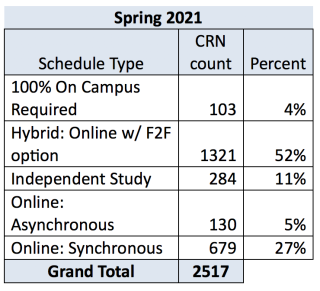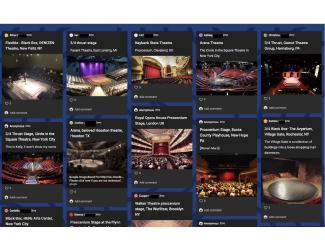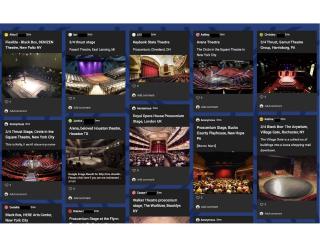Teaching with some students in the room and others online will present unique challenges. Challenges can be overcome with practice teaching with the classroom tech before classes begin. TLT and CFE have developed a plan to give you an opportunity to do so. The plan has four components, some of which ask you to self-organize:
1. Job aid. This aid gives simple printed directions to help you with basic hardware and software operations. You may review the Job Aid and video tutorials by accessing the TLT web page.
2. Test drive. This is a chance for you to try out the technology. You can sign up for a day and time as an individual (unassisted) or in a small group (unassisted or with a request for technical assistance). Details below.
3. Practice. This is a chance for small groups to practice teaching. Take turns in the roles of instructor, student(s) in the classroom, and student(s) online (e.g., down the hall outside the classroom). These sessions are unassisted. Access the sign up below.
4. Share Tips & Tricks. Create an online space for all faculty using each room to communicate with one other about what's working and what's not. Do this yourselves (e.g., group email), or TLT can set up a Sakai Forum for you, if you don't know who else is teaching in the space.
Sign up
Appointments to test drive and/or practice are available December 4-18. Follow the numbered process below and sign up for a day and time using this form. Contact the CFE with any questions (cfe@ithaca.edu).
NOTE: Faculty should ensure that they have been COVID tested and cleared for access to campus prior to their dates for a campus visit. Here is the testing coordinator's page: https://www.ithaca.edu/return-to-campus/health-safety-prevention/testing. This will require a bit of planning ahead for those who have been remotely accessing campus for the entirety of the fall semester. The daily screening form, accessed in IC Workflow, should also be submitted for each classroom practice visit.
1. Communicate with other faculty members who will teach in your classroom to form practice groups.
2. Complete this form to request access to the building and room for a specific date and time. Include at least two additional, alternative dates and times that would work.
3. Indicate on the form whether you need technical assistance.
4. Complete the form a second time if you are requesting access more than once (e.g., for an individual test drive and a practice session with colleagues).
Note that because of de-densification in January, this will likely be your only chance to prepare and practice in your classroom before the first week of February. Also please understand that while the Registrar’s Office has made its best attempt to stabilize room assignments, some adjustments may be necessary in January.



